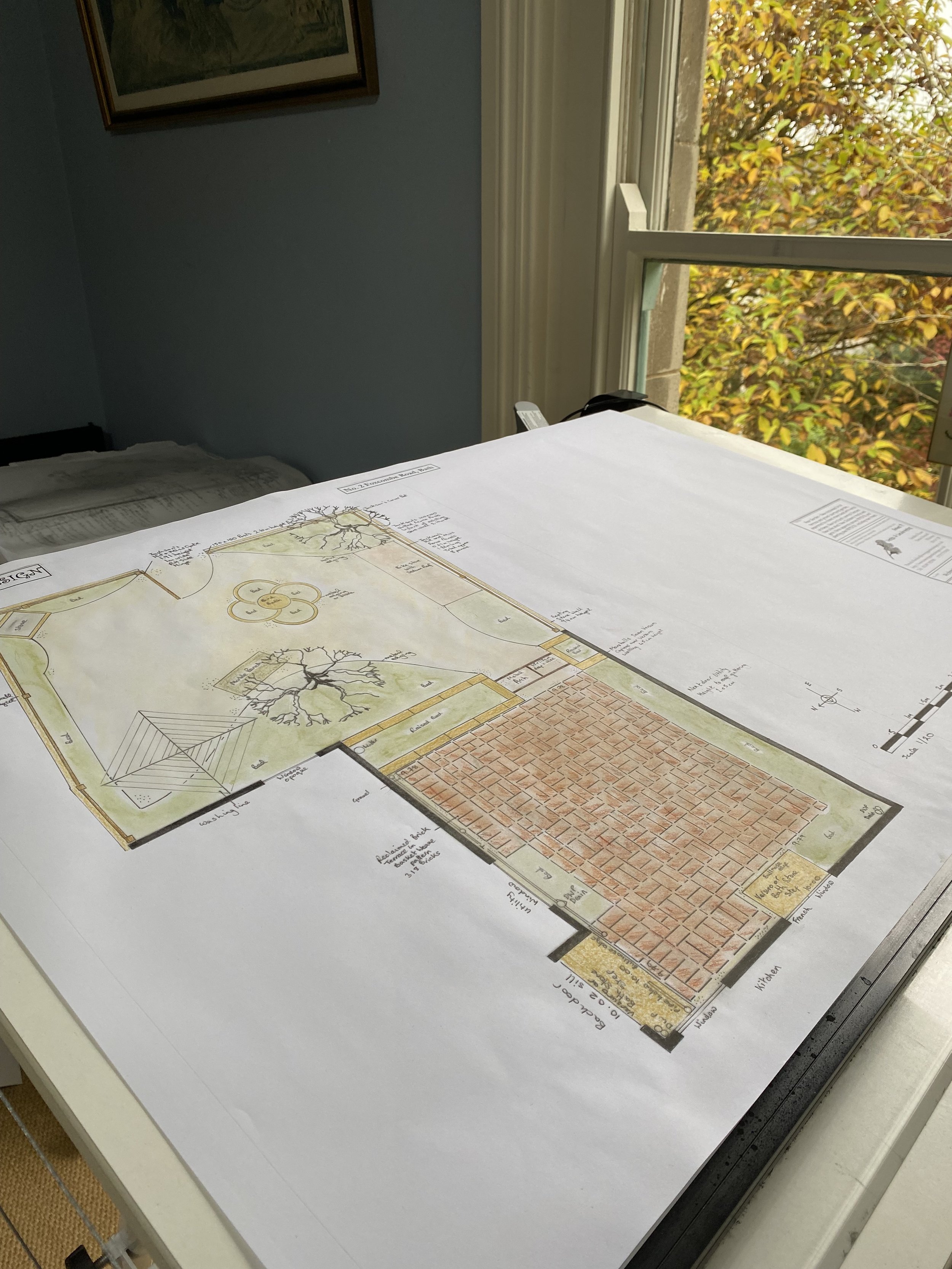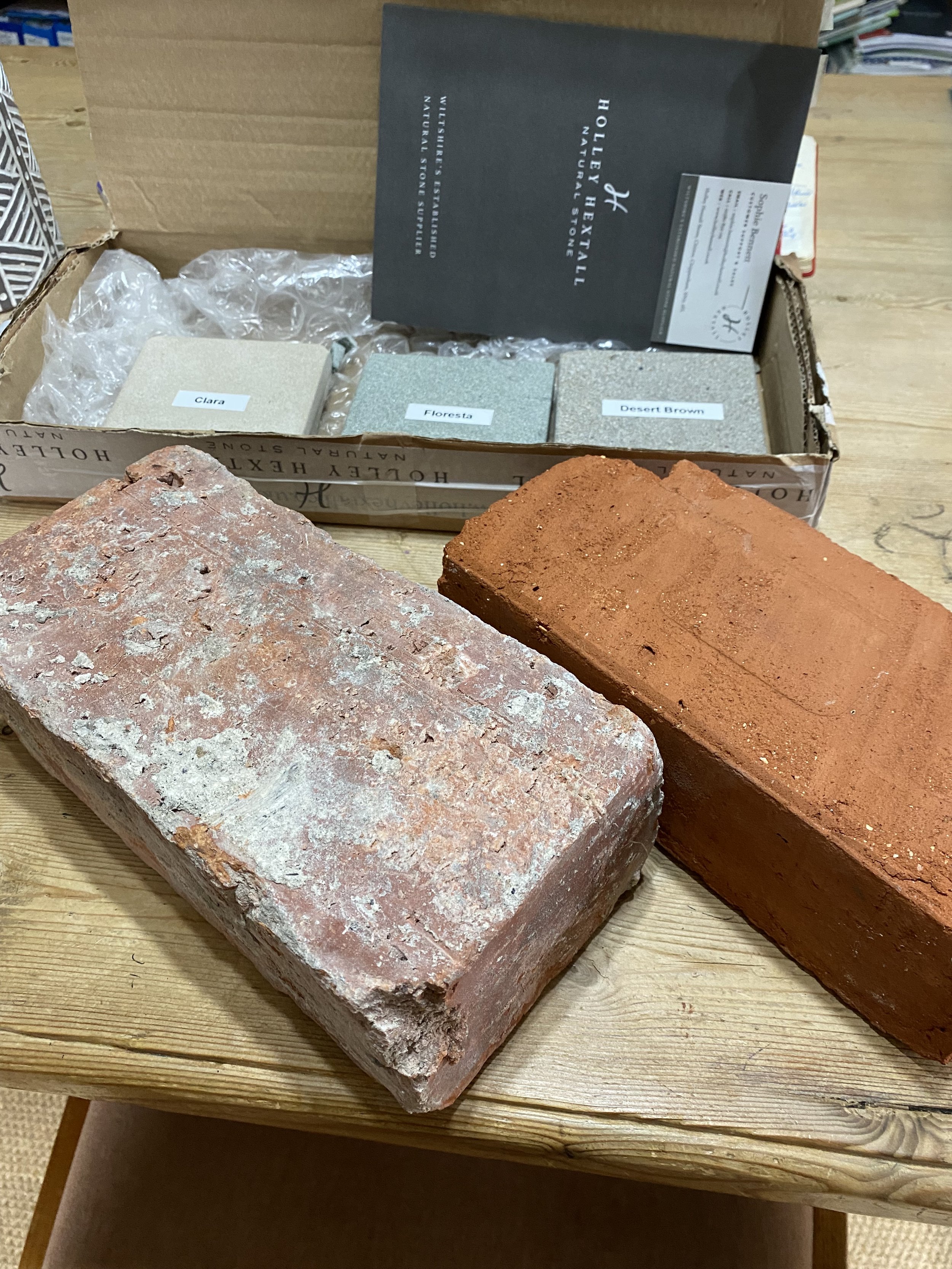How to choose Hard Landscaping Materials
As a garden designer we have to make lots of decisions when creating a garden for a client. There are choices to be made about the use of space, the look and feel of the garden and how sustainable it needs to be. Plus practical decisions like how much future work it will need regarding maintenance and upkeep especially relating to plants. But it is also important to be wise about hard landscaping materials too. The design can really change if the type of hard landscaping materials chosen go against the brief.
To begin with I ask a lot of questions. What do you want to use your garden for? How does the sunlight track around the garden which might change the mood? What do you want to do regarding eating and entertaining in your garden? What times of day do you envisage being in your garden? How many people do you need to accommodate in the design? What is the drainage like in the garden. How contemporary do you want to be with the design? And many many more.
From this I firm up the brief and then once that is agreed I start to pull together a mood board which shows the look we are after. This is really important to make sure that the designer and client are on the same page.
In a recent garden in Bath we decided to re-use some existing bricks from the house. Here we could have used them to make raised beds but we decided to lay them into a terrace. This was rewarding because I like re-using what I can in a sustainable way which also avoids costs for removing things. It also adds character and makes the garden fit with the vernacular better.
But of course sometimes clients want a clean sweep. They may want to make it completely different than what they had before especially if its a new house and not to their taste or age profile requirements. Or maybe due to a new extension or kitchen. In that case it is a matter of choosing the right fit of hard landscaping materials. For example natural sandstone or porcelain to create the right effect. Like interior design I try to stick to a limited pallet of up to three materials and not mix them too much otherwise the effect becomes too busy. In the garden in Bath we choose a Marshalls honey coloured stone to match the existing bath stone of the house for the raised beds and the steps. It is also important to think of what you will use to edge flower beds, wood or metal such as everedge.
Sadly, it often comes down to budget which I totally understand but where you can make a wise choice its good to start with high expectations and then make appropriate switches as budget constraints dictate.
I am excited for what my next garden design project will require and the choices I will have to make.


